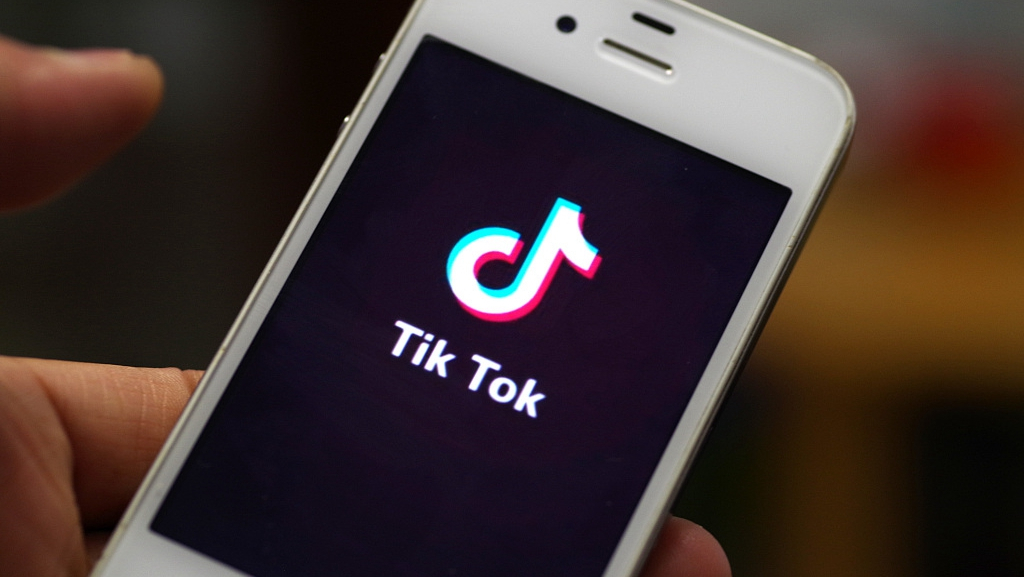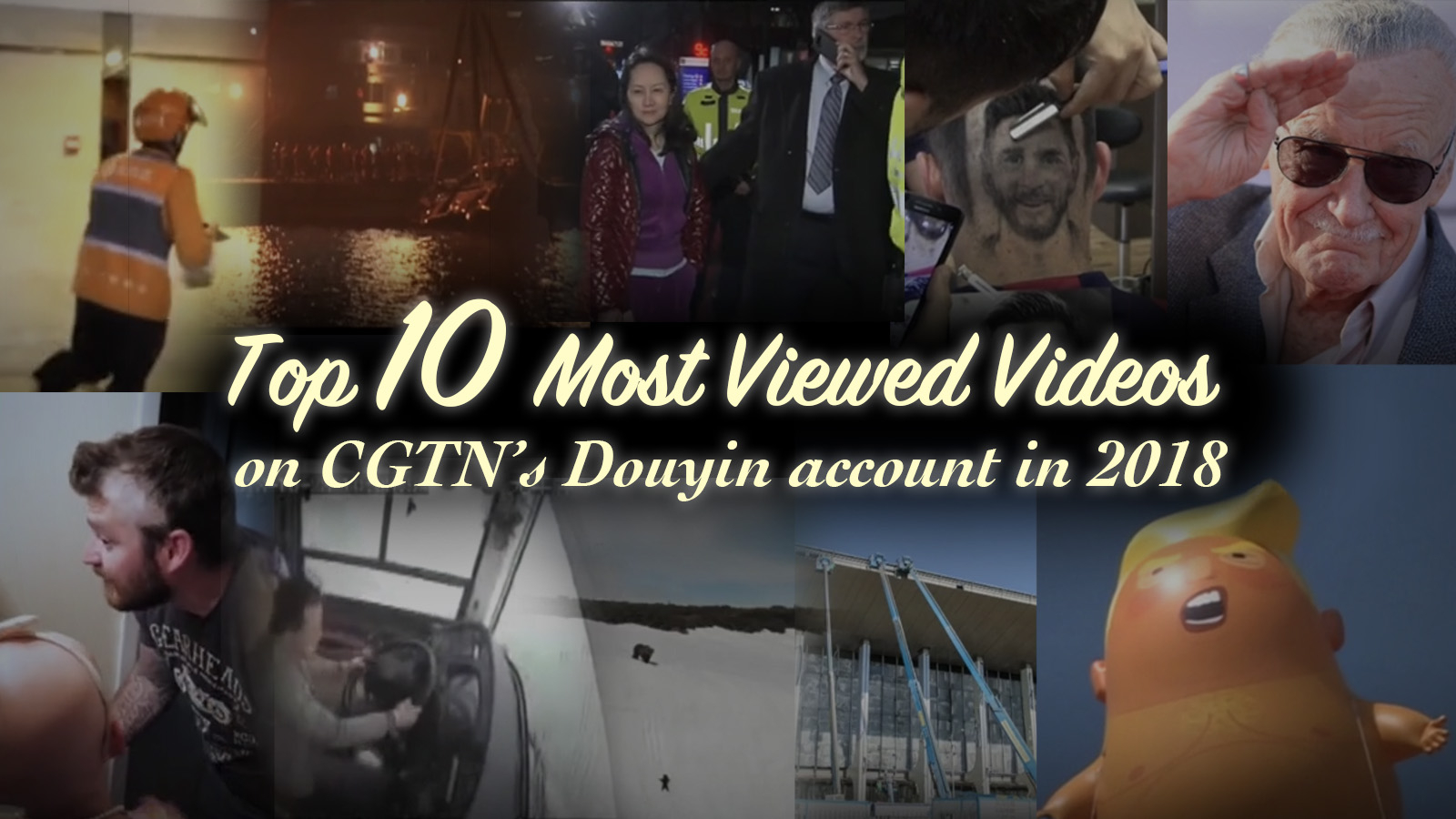
Analysis
10:33, 20-Jan-2019
Short video app leads the charge in China's push for global brands
Updated
17:09, 21-Jan-2019
Henry Zheng

TikTok.
No, not the name of Kesha's hit debut, but just like the song, this short video app has dominated the charts.
It was the most downloaded in Apple's app store in the first quarter of 2018, beating the social media giants Facebook and Instagram. Night show host Jimmy Fallon even brought his pop Midas touch to the platform, uploading lip-sync battles and weird sketches almost guaranteed to go viral.
Amid all this hoopla, one thing stands out. TikTok is Chinese.
The app is the brainchild of the Beijing-based company ByteDance, whose meteoric rise has challenged China's tech triumvirate of Baidu, Alibaba and Tencent (BAT). Although the country has pushed for international recognition of its brands, domestic companies have so far gone against established foreign competitors in fields ranging from household appliances to e-commerce. TikTok's success, on the other hand, shows a path forward in an area Chinese brands are not known for overseas – pop culture.
Although celebrities such as Fallon and skater Tony Hawk have raised TikTok's profile, an app can gain no higher honor in the digital era than being associated with Internet slang. For TikTok in the U.S., that term is "cringe," which describes content that is embarrassing but hilarious. One video, for instance, had a boy and a girl in cosplay lip-syncing to dialogue from "Fifty Shades of Grey."
The app also has cross-platform appeal, as its videos have been shared millions of times on Twitter and YouTube.
This background still doesn't answer the question: Why TikTok?
02:36

The app certainly isn't the first of its kind, nor has it been around the longest. Vine was one of the first platforms to embrace short video as a medium for expression in the age of social media. Users could create clips that looped for six seconds, which sometimes became viral memes and shared widely just like static images. The service debuted in 2012, was acquired by Twitter in 2013, and its mobile app discontinued in 2016. The broad adoption of short video by larger platforms and failure to monetize contributed to Vine's downfall.
On the other hand, TikTok's domestic counterpart, Douyin, was released a few months after the Vine app shuttered. The overseas version debuted in 2017, one year later. Though social media apps have always struggled to become profitable – Twitter did so only last year, 12 years after it was founded – ByteDance's executives may find comfort in knowing that whatever the company's balance sheet shows, it is now the world's most valuable startup at 75 billion U.S. dollars, three billion ahead of Uber's valuation.
TikTok's crossover appeal could fill a page in the playbook for Chinese companies wanting recognition overseas, at a time when the Ministry of Commerce has announced that China aims to cultivate multinational brands.
One of the app's strengths is giving content creators the tools and freedom to reach out to their audiences, a flexibility that has contributed to its universal appeal. It has plenty of filters for users to create high-quality content without all the head-scratching that comes with a full-suite video editor. The music library is expansive and has the latest hits. Furthermore, the algorithms cater to regional tastes. A quick scroll through Douyin, the Chinese version of the app, shows the making of a traditional teapot, a breakdancing contest, and a sketch involving a thief and a cross-dressing grandpa. TikTok, the international version, has teenagers lip-syncing at school or in their bedrooms, and doing comedic routines with their friends.
Whether TikTok can continue to thrive remains to be seen, as larger rivals such as Tencent could easily co-opt its features and play a game of attrition with their superior war chests.
For now, the app has done the seemingly impossible for a Chinese brand: Achieving cultural relevance around the world.
(Video compiled by CGTN's Zang Shijie.)

SITEMAP
Copyright © 2018 CGTN. Beijing ICP prepared NO.16065310-3
Copyright © 2018 CGTN. Beijing ICP prepared NO.16065310-3